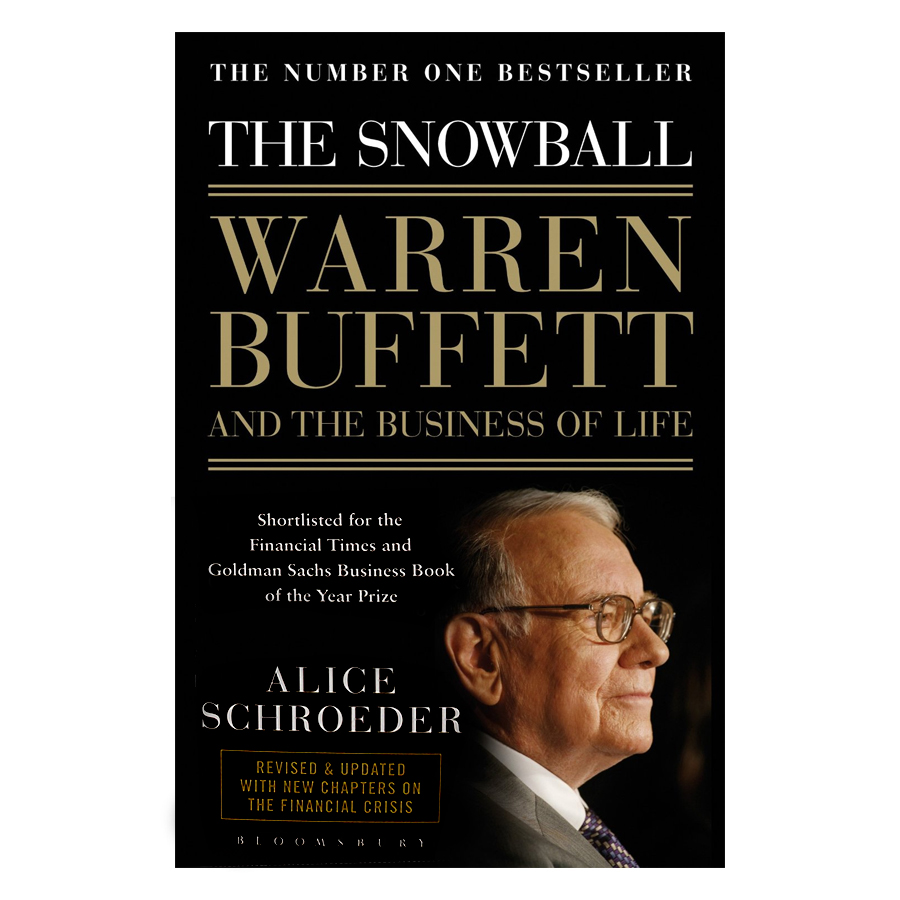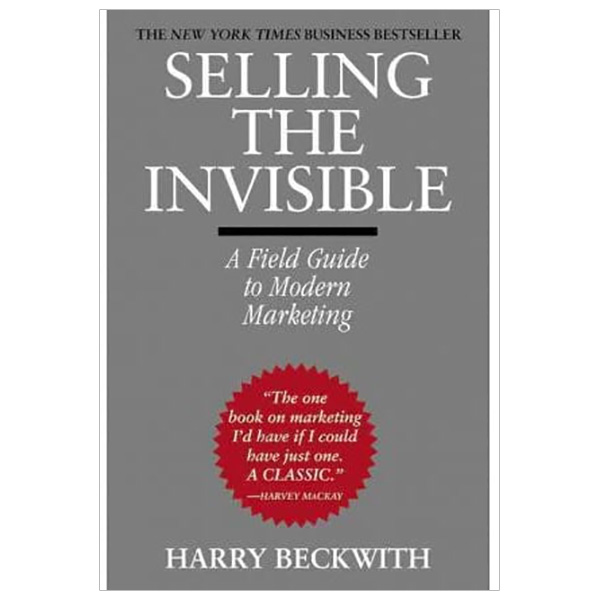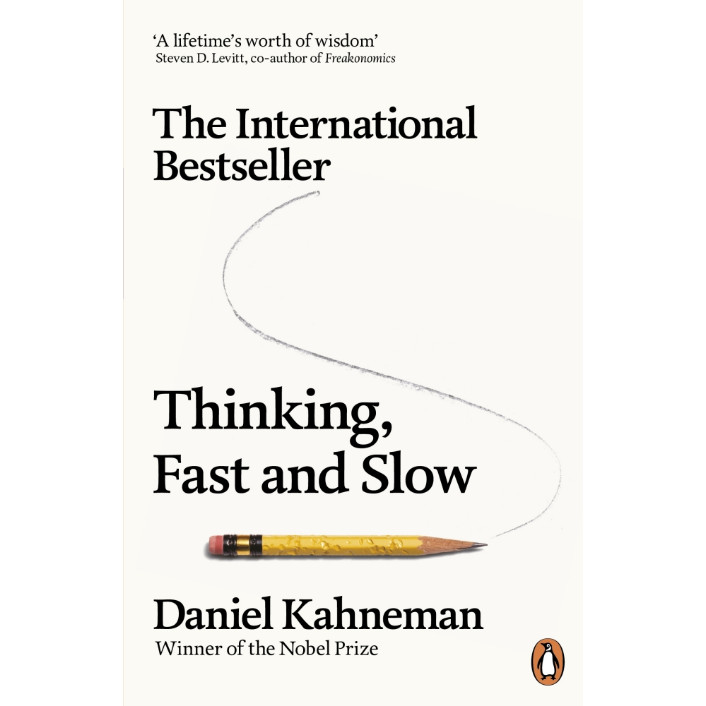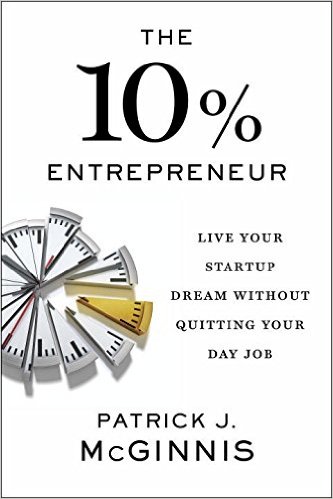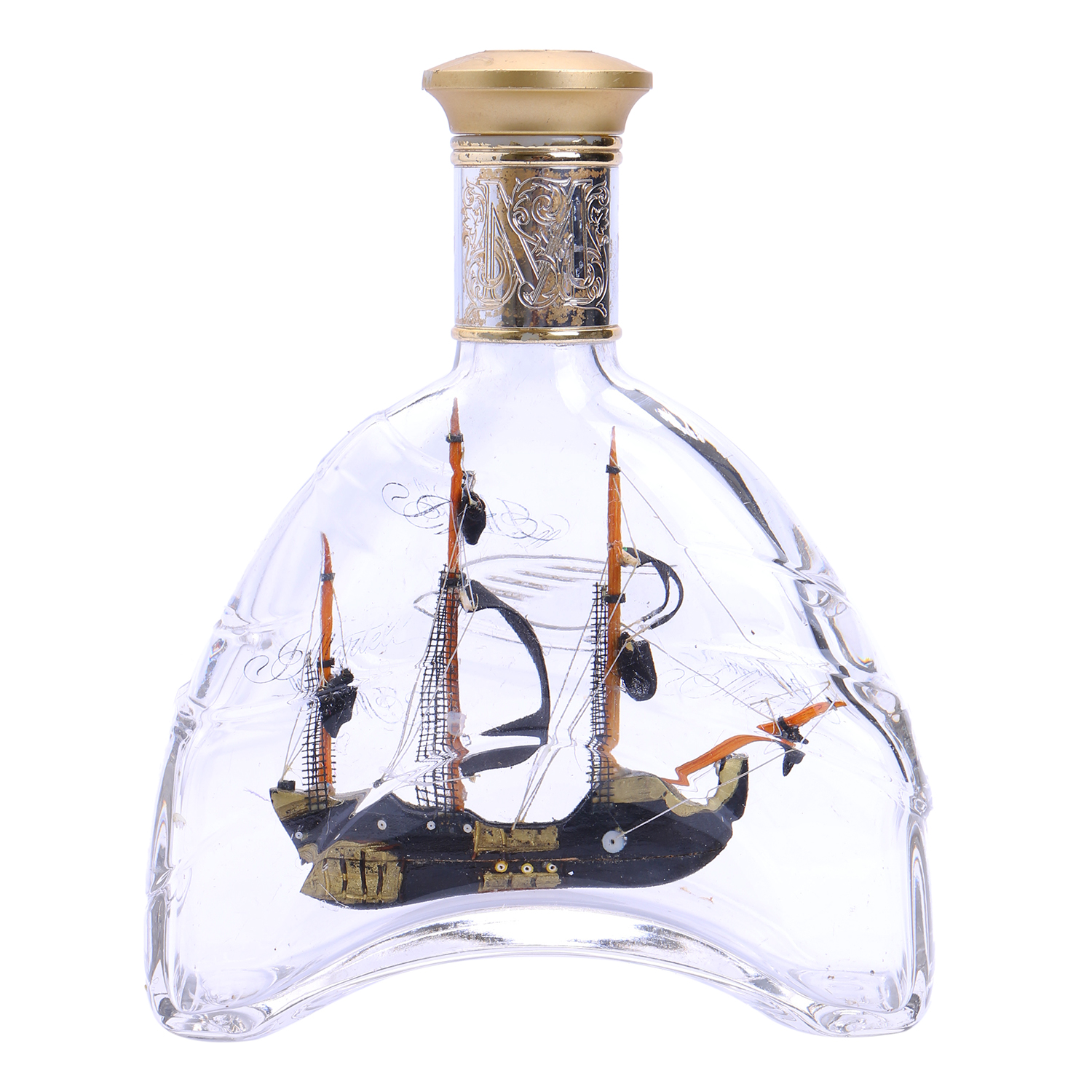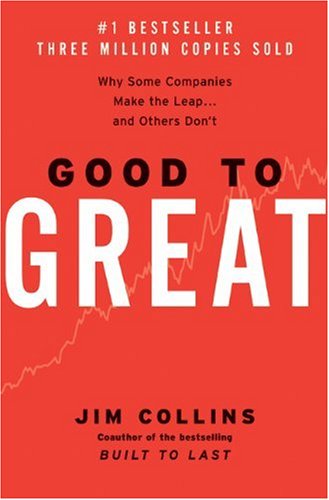
Good to Great: Why Some Companies Make the Leap... and Others Don't
The Challenge Built to Last, the defining management study of the nineties, showed how great companies triumph over time and how long-term sustained performance can be engineered into the DNA of an enterprise from the verybeginning. But what about the company that is

Foreignbooks
@foreignbooksĐánh giá
Theo Dõi
Nhận xét
The Challenge Built to Last, the defining management study of the nineties, showed how great companies triumph over time and how long-term sustained performance can be engineered into the DNA of an enterprise from the verybeginning. But what about the company that is not born with great DNA? How can good companies, mediocre companies, even bad companies achieve enduring greatness? The Study For years, this question preyed on the mind of Jim Collins. Are there companies that defy gravity and convert long-term mediocrity or worse into long-term superiority? And if so, what are the universal distinguishing characteristics that cause a company to go from good to great? The Standards Using tough benchmarks, Collins and his research team identified a set of elite companies that made the leap to great results and sustained those results for at least fifteen years. How great? After the leap, the good-to-great companies generated cumulative stock returns that beat the general stock market by an average of seven times in fifteen years, better than twice the results delivered by a composite index of the world's greatest companies, including Coca-Cola, Intel, General Electric, and Merck. The Comparisons The research team contrasted the good-to-great companies with a carefully selected set of comparison companies that failed to make the leap from good to great. What was different? Why did one set of companies become truly great performers while the other set remained only good? Over five years, the team analyzed the histories of all twenty-eight companies in the study. After sifting through mountains of data and thousands of pages of interviews, Collins and his crew discovered the key determinants of greatness -- why some companies make the leap and others don't. The Findings The findings of the Good to Great study will surprise many readers and shed light on virtually every area of management strategy and practice. The findings include: Level 5 Leaders: The research team was shocked to discover the type of leadership required to achieve greatness. The Hedgehog Concept (Simplicity within the Three Circles): To go from good to great requires transcending the curse of competence. A Culture of Discipline: When you combine a culture of discipline with an ethic of entrepreneurship, you get the magical alchemy of great results. Technology Accelerators: Good-to-great companies think differently about the role of technology. The Flywheel and the Doom Loop: Those who launch radical change programs and wrenching restructurings will almost certainly fail to make the leap. “Some of the key concepts discerned in the study,” comments Jim Collins, "fly in the face of our modern business culture and will, quite frankly, upset some people.” Perhaps, but who can afford to ignore these findings? Giá sản phẩm trên Tiki đã bao gồm thuế theo luật hiện hành. Bên cạnh đó, tuỳ vào loại sản phẩm, hình thức và địa chỉ giao hàng mà có thể phát sinh thêm chi phí khác như phí vận chuyển, phụ phí hàng cồng kềnh, thuế nhập khẩu (đối với đơn hàng giao từ nước ngoài có giá trị trên 1 triệu đồng).....
Công ty phát hành
HarperCollins
Nhà xuất bản
HarperCollins US
Ngày xuất bản
1976-03-23 00:00:00
ISBN-13
9780066620992
Kích thước
23.6 x 15.5 x 2.8
Loại bìa
Bìa cứng
Số trang
300
ISBN-10
0066620996
Phiên bản
1
Sản Phẩm Tương Tự
Tap Dancing to Work: Warren Buffett on Practically Everything, 1966-2013
259.400₫
Đã bán 35
[Hàng thanh lý miễn đổi trả] Entrepreneur Revolution: How To Develop Your Entrepreneurial Mindset And Start A Business That Works
320.000₫
Đã bán 48
The Battle For Sky: The Murdochs, Disney, Comcast And The Future Of Entertainment
267.900₫
Đã bán 2
Sản Phẩm Liên Quan
Combo Trọn Bộ Sách PoMath - Toán Tư Duy Cho Trẻ Em 4-6 Tuổi (6 cuốn)
386.100₫
Đã bán 12






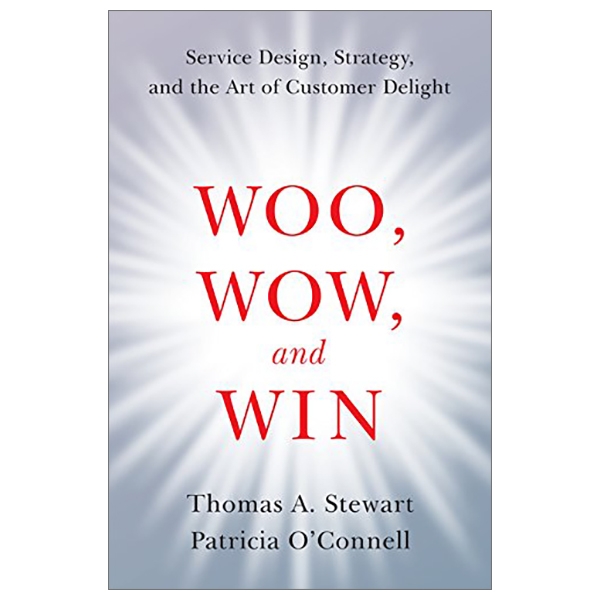

![[Hàng thanh lý miễn đổi trả] Entrepreneur Revolution: How To Develop Your Entrepreneurial Mindset And Start A Business That Works](https://salt.tikicdn.com/ts/product/78/70/51/7893b90a165e70923b10fe5c705122dd.jpg)


